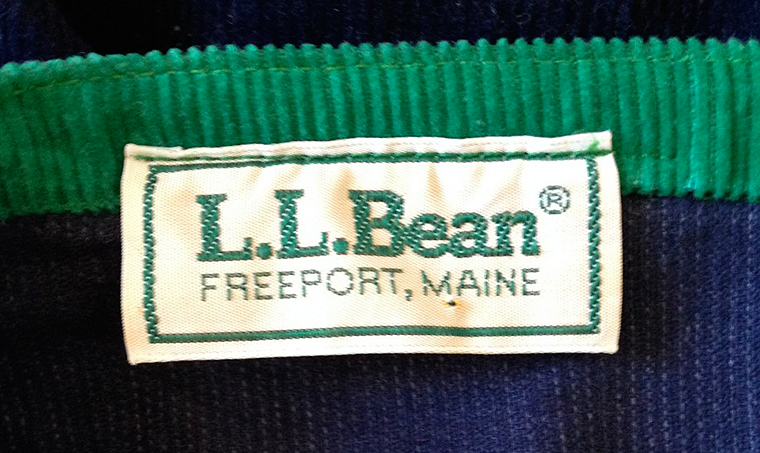
My wife says I remind her of the story of the princess and the pea, the parable about making a big deal about nothing. It’s true I am a picky person, though I prefer to think of my self as discerning. That distinction notwithstanding, there are some complaints that I find perfectly reasonable, and among them are scratchy labels in clothing.
I am a man of cotton, which is to say I don’t like to wear wool. I find wool itchy and always have. When I was young I would receive a woolen garment, a sweater, slacks or scarf. No matter, I liked none of them. Whether on my back, my legs or round my neck, the itch of wool was intolerable. I’d take the offending item, roll it into a ball and hide it in the back of my dresser drawer. There it would remain, unworn, until having outgrown it I would give it my mother to do with as she wished.
Though I wear and enjoy soft combed-cotton shirts, I am plagued by scratchy labels. Manufacturers have concluded that shirt collars are the perfect place to sew in labels, this despite the ample inches found in shirt tails. I suppose it is an ego thing, if corporations like Land’s End have such things as egos. Perhaps it is the visibility that attracts label placement, the idea that I will see the label and think fondly of Land’s End. Or it might be the fact that shirt collars are doubled over so the label stitching is hidden (you see, I’ve thought long and hard about this).
But here’s the thing – a buttoned shirt collar bound with a tie forces the label to rub on the back of my neck, and since the label is not made of cotton, but rather some strange, stiff, sharp-edged man-made fabric it feels itchy and I don’t like it. It is when making this declaration, inevitably, that I hear about the princess and the pea.
My solution is simple, remove the label, but this is not always a simple matter. Shirt labels, advertising inflicted on the innocent consumer by an avaricious manufacturer, are tightly sewn and often comprised of multiple parts. Moreover, to keep the label from fraying (an unsightly and unseemly occurrence) the manufacturers double over the label’s ends and sew through both layers.
After years of careful observation, I have developed methods for removing labels while protecting the shirt from inadvertent damage. There is a risk in removing labels, namely that the shirt material will be cut. I can’t reveal these techniques here; if you see me around town, though, feel free to ask. I will mention that it involves a razor-sharp blade.
I’ve always assumed I’m not alone in disliking labels, despite my wife’s opinion, and therefore I was greatly heartened to hear a story she told me last week. It seems my wife bought our two-and-a-half-year-old granddaughter Isabelle some new clothes, including an adorable yellow knit cotton sleeveless top with matching sweater. Isabelle took an immediate liking to it, and put it on. As my wife tells it, Isabelle then turned to her and said, “It has a label.” “Yes,” said my wife, “it does.” “I don’t like labels,” Isabelle replied, “Can you take it off?”
Hah! The princess and the pea, indeed!